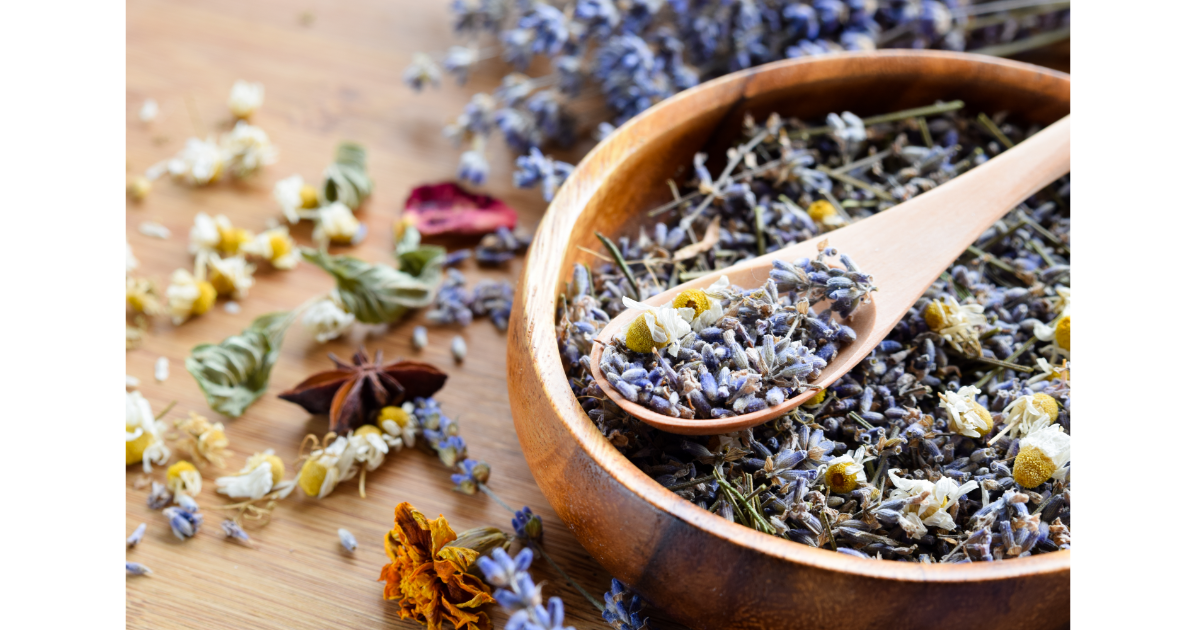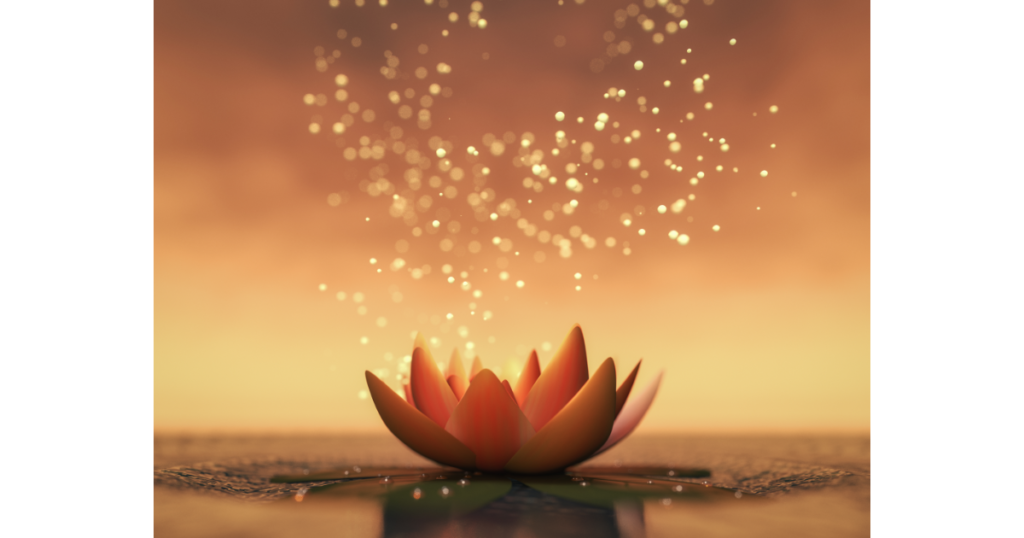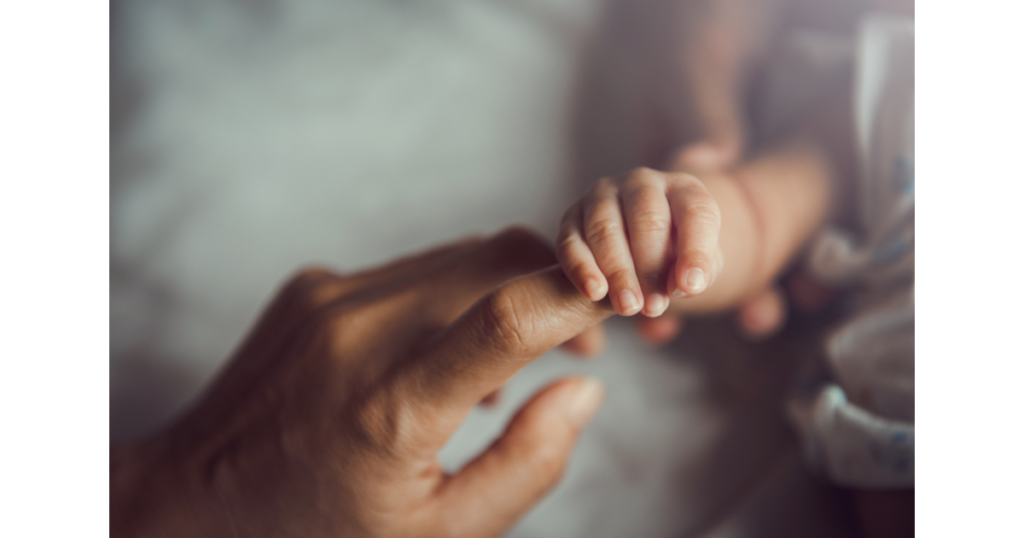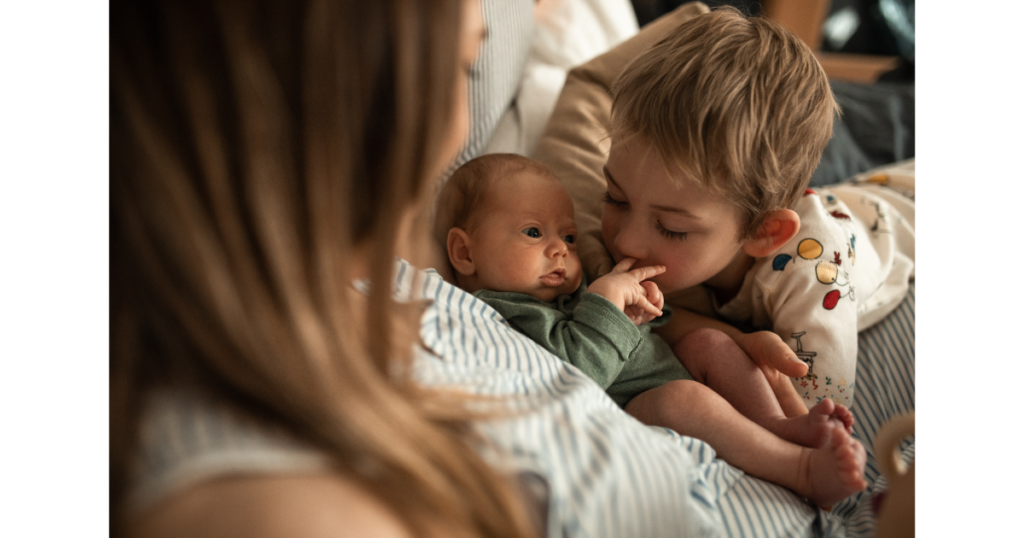Care Of The Placenta After Birth

Honouring the placenta: A gentle transition
After the placenta is birthed, it’s time to begin its care. The process is remarkably simple, centred around creating an environment of reverence and tranquillity. A ceramic bowl or a round basket can be used as a resting place for the placenta.
First, a colander is used to drain off any excess blood, ensuring that it is clean and ready for the next step. The placenta can then be placed gently into the chosen receptacle, nestled beside the newborn. Many opt for wrapping the placenta in a cloth nappy, gauze, or a special drawstring bag, enhancing the sense of closeness and unity between the two entities.
In this process, it’s important to avoid using plastic to wrap or cover the placenta. The placenta requires the ability to breathe freely, so materials that allow air circulation are crucial to prevent any unpleasant odour. This practice encapsulates the essence of honouring life’s natural rhythms and maintaining a respectful connection with the placenta.
Preparing the placenta: A time-honoured practice
After 24 hours, the option of salting the placenta arises. Some families choose to embrace this practice, using sea salt to gently cover the placenta both on top and underneath. Others may wish to include herbs such as lavender or rosemary to increase drying and reduce any odours. This ritual, while carrying personal variations, symbolises the transition from the womb to the external world, a process that requires nurturing and preservation.
Salting can be repeated over several days, contingent upon the placenta’s rate of drying. This gradual process allows the placenta to dry naturally and respectfully, mirroring the baby’s gradual adaptation to life outside the womb.
The parting of ways: A natural separation
In most instances, the placenta will separate within four to seven days. This marks the anticipated separation, a symbolic echo of the newborn’s journey into a more independent existence.
With the placenta having fulfilled its role in nurturing the baby, the transition now extends beyond physicality into a profound recognition of growth and transformation.
Beyond birth: A lasting connection
Caring for the placenta after birth goes beyond a mere process; it’s a ritualistic acknowledgment of the miraculous interplay between life and nurturing. The act of preserving and cherishing the placenta creates an enduring connection that echoes the intimacy of the womb, fostering an environment of serenity and respect.
In this quiet practice, the stillness envelops both mother and baby, weaving a tapestry of interconnectedness that transcends the physical, nurturing the spirit as much as the body.




